Shikohin is something that we consume that may not have any nutritional value or benefit in sustaining our bodies.
Even though it is not a necessity to sustain life, shikohin is enjoyed in various ways around the world.
Perhaps shikohin is rather a necessary part of what makes us human.
When contemplating shikohin, we must address the question of what is necessary for human life, and by extension, what defines humans as a living being.
For our new series, “To Live, To Relish,” we will explore what shikohin and its experiences mean to us in our modern world, and interview leading researchers, anthropologists, historians, and more.
For this article we visited Professor Hiroshi Kawakami at his laboratory at the Kyoto University of Advanced Science. Kawakami is a specialist in system engineering and the study of maximizing efficiency. However, he is outspoken about the importance of inconvenience and the benefits that come from it.
Engineering aims to construct useful tools and build comfortable environments. Kawakami says that in the past, he also believed that engineering is about making the world a more convenient place.
Why does a specialist in engineering now preach the importance of inconvenience? In the pursuit of convenience and efficiency, Kawakami found that human beings are losing enrichment and meaningful time in life and he feels an impending sense of crisis because of it.
When “good” arises from “inconvenience”
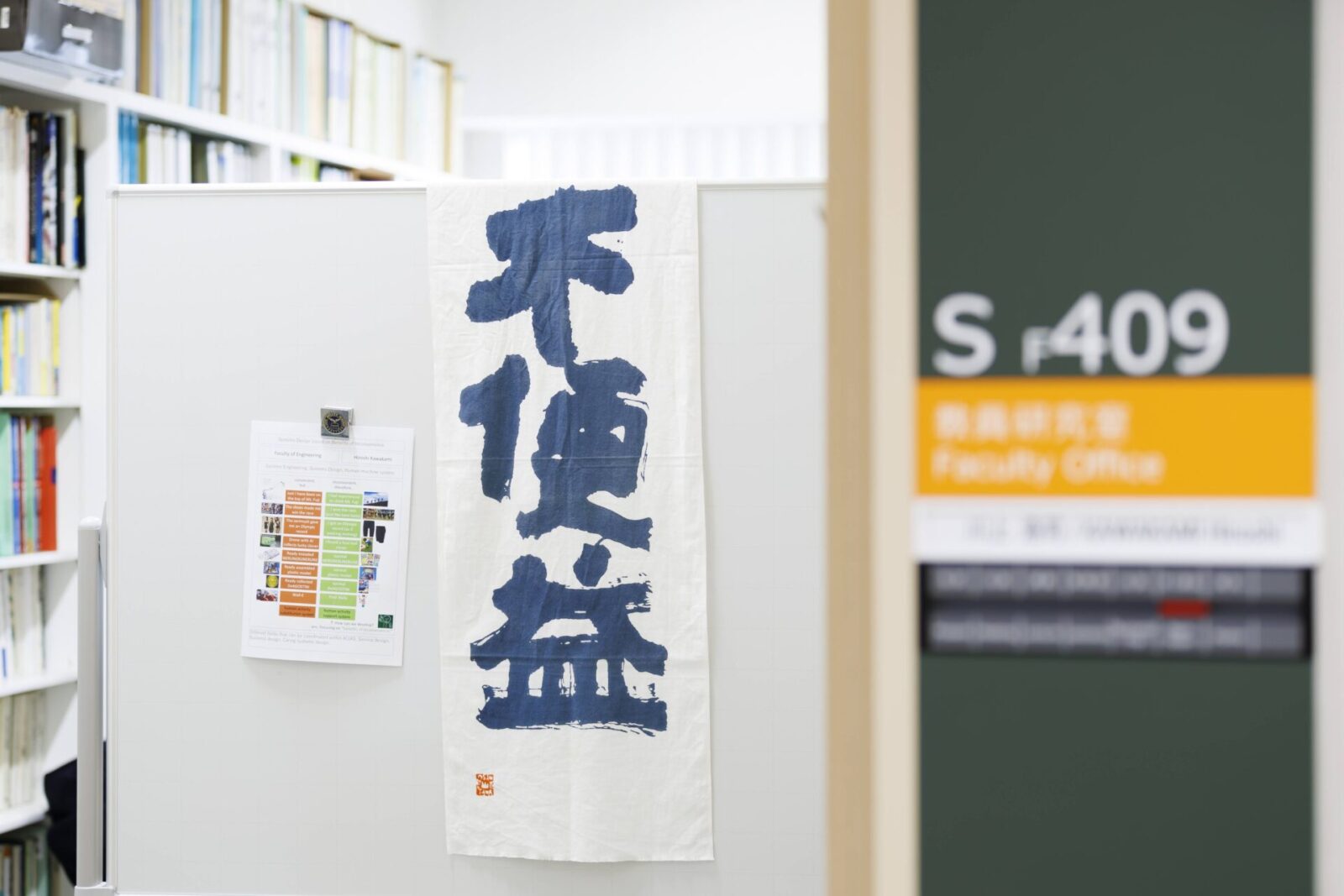
── You speak about the benefit of inconvenience. What is the thinking behind this concept?
Benefit of inconvenience is essentially “something good that arises because it is inconvenient.”
Something “good” is generally understood as something that brings some kind of gain or positive outcome and there are many different types of benefits.
When you hear the word benefit, you may think of profit or revenue, but that is not all.
For example, one feels joy when they experience something interesting or make an unexpected discovery. The sense of self validation that comes from creating something on your own devices is also a form of beneficial experience.
── Perhaps some “benefits” are things that cannot be measured in numbers or quantities.
That’s right. For example, you are using a digital voice recorder to record this interview.
Of course, it is very convenient because you can listen to this interview again later.
However, rather than depending on the recorder perhaps you can try remembering the conversation based solely on the notes you took by hand and your memory.
Don’t you think that experience will boost your confidence?
I call things that give feelings of enjoyment or self validation in the midst of an inconvenience a “benefit of inconvenience.”
However, among all things that are considered “beneficial,” it is somewhat of a wild card (laughs).
── It’s true that there is a great sense of accomplishment when we achieve something that is not easy to do on our own.
At a glance, something may seem like a waste of time or effort, but this is one of the characteristics of the benefit of inconvenience.
Climbing a mountain would be easier if there was an elevator or escalator, but for people who enjoy mountain climbing, the act of climbing itself is enjoyable.
The same is true for traveling. It would be very convenient if there was a door that provided instant access to all places in the world, like in the cartoon Doraemon. However, it would take the joy out of traveling itself.
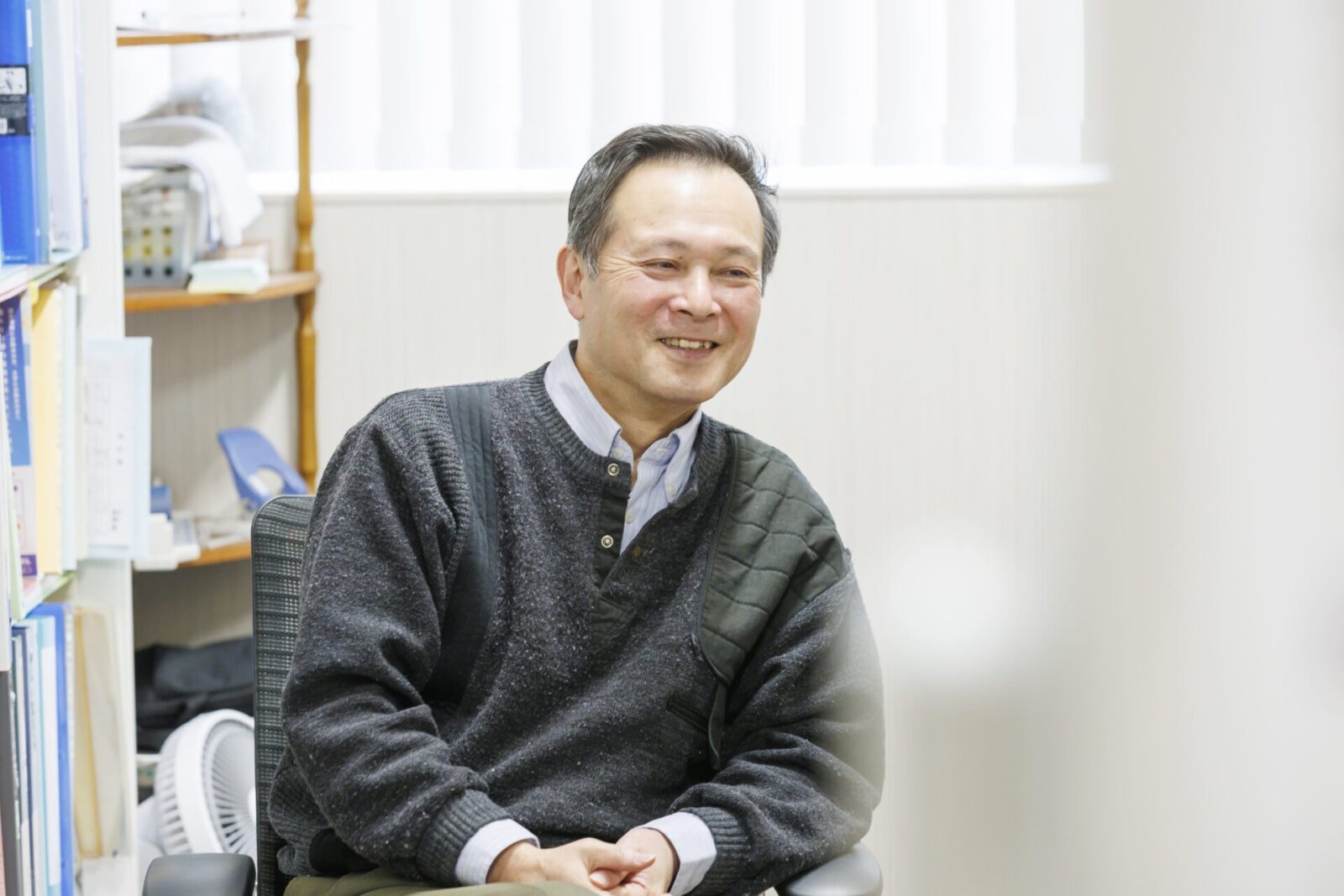
── The tools that appear in Doraemon are all things that would be very convenient to have. However, convenience does not necessarily equate to enrichment.
Another example is walking. Walking takes time, but you may encounter unexpected people or find new shops along the way.
There are some facilities for the elderly that purposefully build steps on their floors in order to provide more stimulation to slow down the decline of physical abilities. It is the opposite of the concept of “barrier-free” and purposely incorporates inconveniences for the benefit of the elderly people’s health.
── Purposefully incorporating inconveniences is an interesting concept.
My students and I once made a list of 100 examples of inconvenient things.
When we analyzed what can be considered beneficial in each of them, we came up with the following eight categories.
– Allows one to take initiative
– Allows ingenuity
– Allows discovery
– Allows one to better understand the subject
– Allows one to build trust
– Allows improvement (unlimited room for practice)
– Allows the sense of feeling special
– Prevents loss or decline in abilities
Benefits of inconvenience can be classified in one of these categories.
One important point to understand is that the benefit of inconvenience does not mean that one puts up with an inconvenience because it is beneficial. Contrarily, it is a more positive concept in which one understands that benefits are to be gained because something is inconvenient.

“Benefit of inconvenience is the future!” exclaimed a mentor
── You studied artificial intelligence and engineering efficiency at Kyoto University’s Faculty of Engineering and Graduate School of Engineering. In other words, your studies have been based on making the world a more “convenient” place. Considering your background, I’m curious as to why you started advocating the benefit of inconvenience.
I was born in 1964. I was a university student in the 1980s in the midst of the growing economic bubble when the Japanese economy was booming.
At the time, students who graduated from Kyoto University’s Faculty of Engineering and graduate program had no problem finding a job.
Even students who majored in liberal arts easily landed jobs and people talked about how starting salaries at foreign affiliated companies started at 10 million yen.
I remember how one of my classmates who joined an electronics manufacturing company excitedly told me that he got 100 million yen in research funding in one year. I decided to pursue research as a university professor, but because it was during such a time of opportunity I remember how many people were perplexed by my decision.
About 10 years later, my mentor and engineer Dr. Osamu Katai left the Graduate School of Engineering and established a new laboratory at the Graduate School of Informatics at Kyoto University and I joined him there as a member of staff.
I was excited to begin working on artificial intelligence with my mentor, but suddenly he declared, “Benefit of inconvenience is the future!”

──Out of the blue?
Absolutely out of the blue. I was 33 years old at the time and I honestly had no idea what he was talking about so I decided to just ignore it.
I myself am an engineer. I had always understood engineering as the study of making machines more efficient and sophisticated and thereby making the world a more convenient place.
On the other hand, Dr. Osamu Katai was a specialist in the field of human-machine systems. It is a field of study where the human who operates or is committed to the machine is seen as a part of the whole system.
── It makes one think about the relationship between man and machine.
Yes. For example, artificial intelligence is one way that humans and machines interact.
As the term suggests, it is intelligence that was built artificially and it is the practice of having a computer perform intellectual activities that was previously done by humans.
── The machine is a substitute or replacement for humans.
When I was a student in the late 1980s, the world was in the midst of the second boom in artificial intelligence research. The mainstream understanding of the relationship between humans and machines was that machines were a substitute for human activity. I myself based my research on such an understanding.
However, Dr. Osamu Katai always had the idea that “substitute” is not the only relationship that is possible between humans and machines.
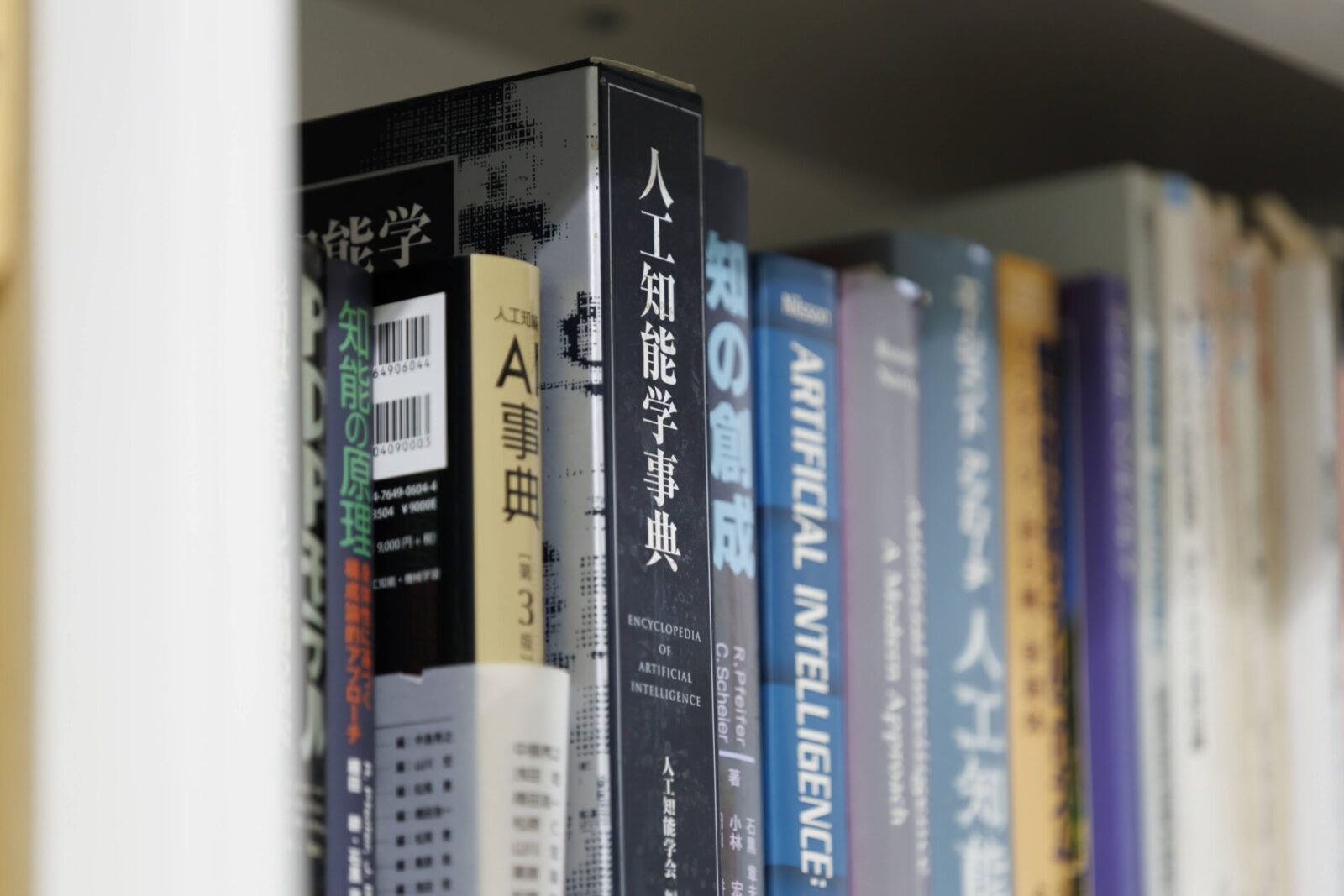
── It sounds like Dr. Osamu Katai found machine engineering that was not mainly controlled by humans to be problematic from the start.
He believed that there should be various ways to interact with machines, such as humans and machines coexisting in a more meaningful way.
I believe he used the term benefit of inconvenience in order to explain this concept.
── When I think about engineering, I think about machines assisting or working in place of humans to efficiently create products. In other words, I feel it is ultimately about making things easier for humans.
Exactly. Automation is one area that represents the work of engineering.
However, if you think about this further, tools used for manufacturing in the past were extensions of human capabilities.
Yet now machines have replaced or substituted human activity.
There is one researcher I know who loves driving cars. He is researching self-driving vehicle technology and I remember him saying, “I sometimes think about the contradiction of my love for driving and of my researching self-driving vehicles, which may eventually take the very joy out of driving.”
He continued, “The fun of driving cars is having the experience of becoming one with the car, like riding a horse, where they become an extension of your arms and legs. If there was such a car, I would definitely buy it.”
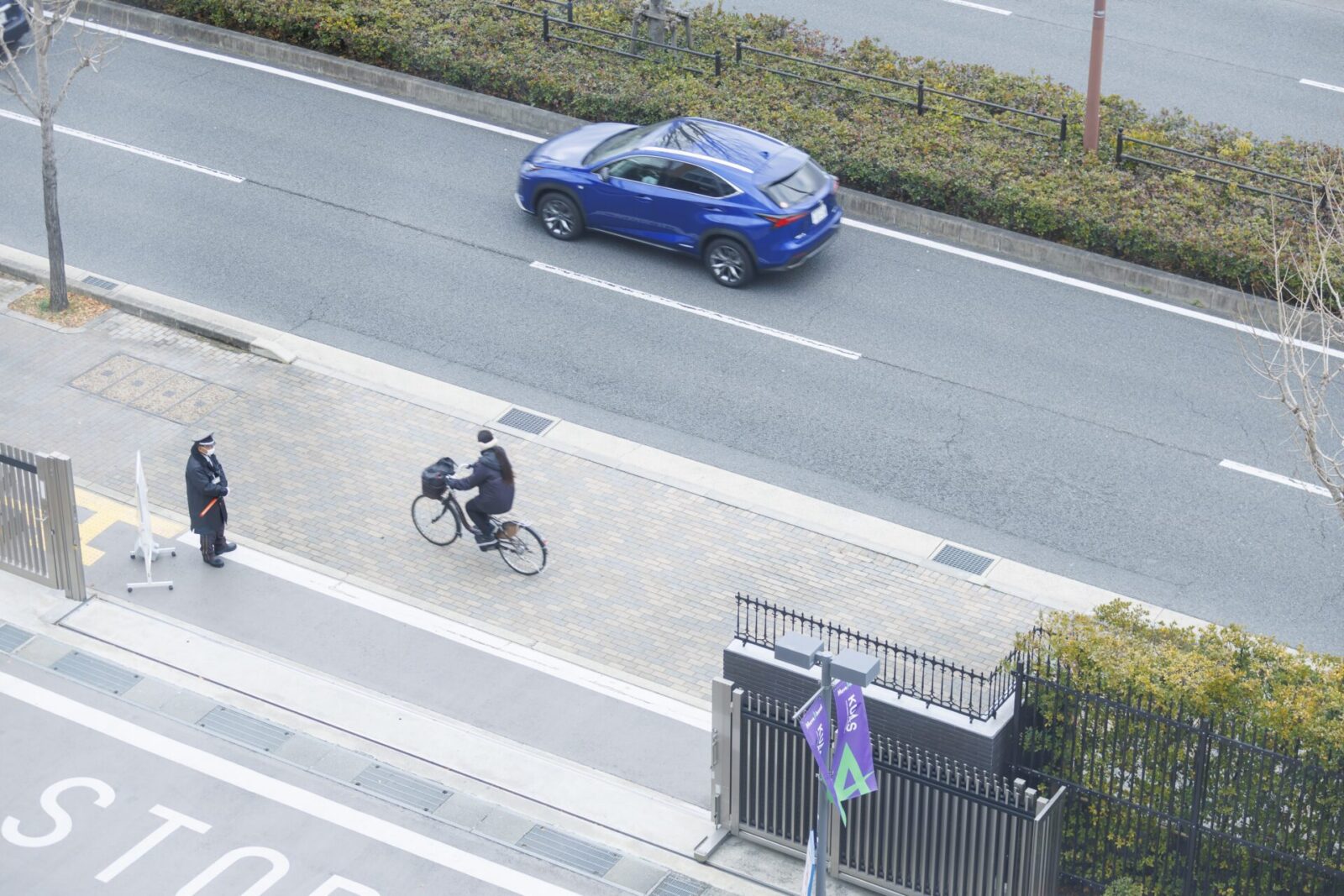
There’s futile waste, and then there’s meaningful waste
── Your work does not only talk about the theory of the benefit of inconvenience, but puts it into tangible practice. For example, you took part in the creation of the ruler that only shows prime numbers.
It is important for me to put theory into practice.
Simply talking about theory is not what engineering is about, and it will not provide guidance to students in the research lab. Creating products and experimenting with them is what is most important.

When I first heard Dr. Osamu Katai talk about the benefit of inconvenience, I remember thinking that it is a lovely concept, but does it really have to do with the field of engineering?
── That’s true. When you talk about gaining joy or self validation, it sounds more like the study of philosophy or psychology.
I became convinced of the connection between the benefit of inconvenience and engineering when I learned about a certain change occurring in the world of manufacturing after the economic bubble burst in Japan.
That change was that there was a growing number of manufacturers who were converting manufacturing methods from line production systems for mass productions to cell production systems for higher variety and lower volume production.
── Line production methods are where a product is moved along a conveyor belt and a line of workers assemble the parts as it passes through. In the cell production system, a single or a group of workers take part in the whole assembly process.
The original Daihatsu Copen and Canon are famous examples of manufacturing done with the cell production system.
If you look at productivity alone, of course the line production system, which divides the labor into parts, is more efficient. It requires less training of the workers and repeating the same process over and over allows for mass production.
The cell production system requires a lot of expertise and skill from the workers and it takes more time. For the manufacturers, the cell production system is inconvenient.
── Nevertheless, more manufacturers started to implement the cell production system. Was this because the collapse of the bubble economy made people reevaluate the value of mass production and the lifestyle of mass consumption?
It’s true that manufacturers explained that the shift was to become more flexible to the demands of high variety and low volume production.
If you look at it from the perspective of the benefit of inconvenience, there is a very large advantage to be gained from the cell production system.
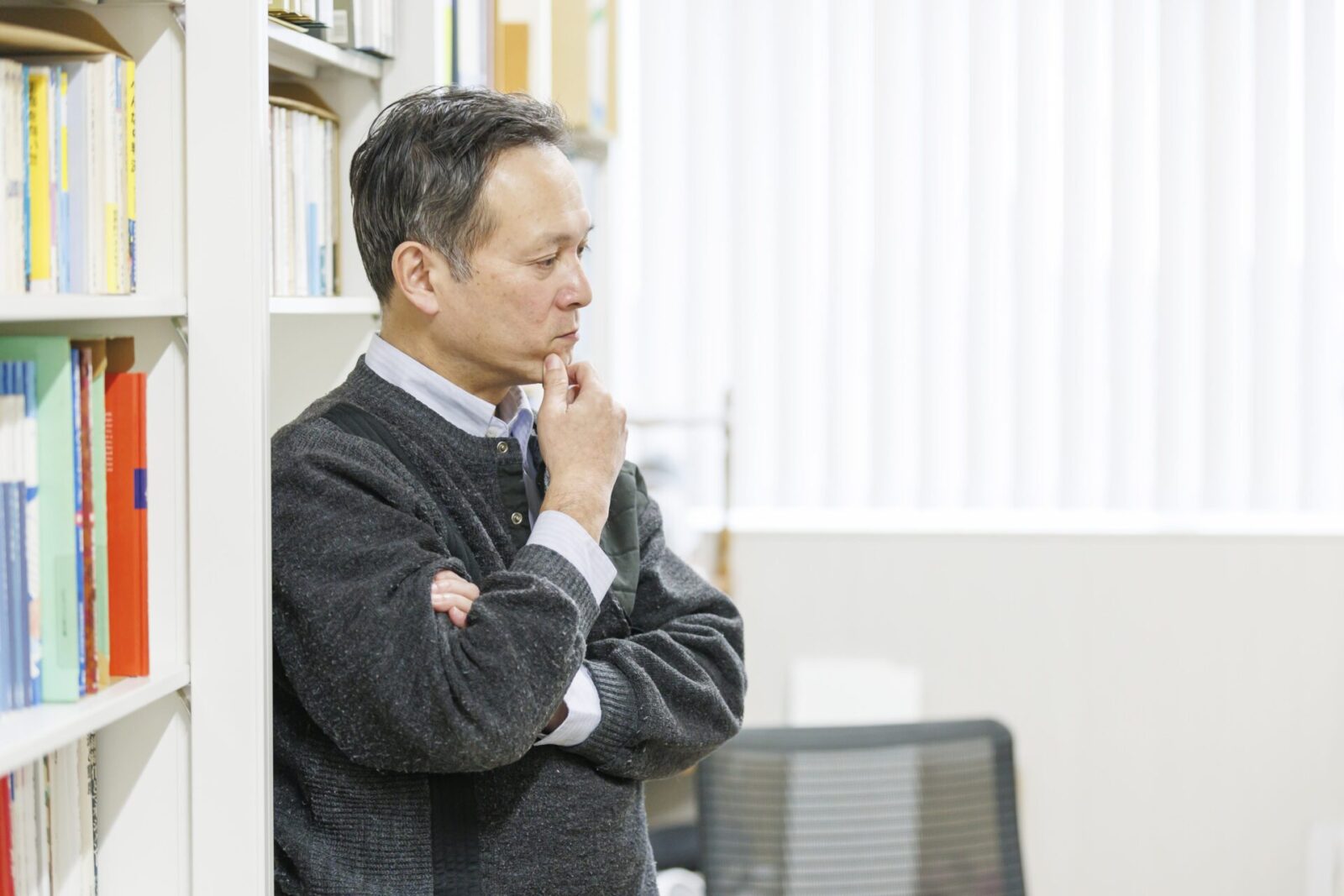
Think about it. If a single worker is capable of assembling a car on their own, their skills and knowledge about cars will significantly improve and that will also improve the quality of their work. The workers will be respected as specialized and competent technicians.
When the skilled workers see the Copen cars that they assembled on the streets in the city, they will feel proud of their work and will want to share that with others.
At first glance the cell production system seems to be wasteful in many ways. However, if you look at it from a human standpoint, there is a lot of motivation to be gained from the experience of cultivating skills that are required to single-handedly assemble a car.
When motivation goes up, so do skills.
The synergistic effect that comes from the combination of motivation and skill building is the ideal effect of the benefit of inconvenience. That is the biggest difference from the line production system, where a person simply becomes a part of the machine or a section of the conveyor belt.
─── That is a perfect example of the study of human-machine systems, which looks at humans and machines being part of the entire system together.
In this world, I believe there is futile waste and meaningful waste. Benefit of inconvenience is about meaningful waste.
Don’t you think this leads to the concept of shikohin, or things that do not provide humans with any real nutrition, but are vital to living an enriching life?
I believe that there are hints in both the benefit of inconvenience and shikohin that will help us live happier lives.
(To be continued in Part 2)
Translation: Sophia Swanson
Photo: Yuuki Kimura
Reporter for Business Insider Japan. Born in Shinjuku-ku, Tokyo. Taught world history as a high school teacher, worked for Huffngton Post Japan and BuzzFeed Japan before assuming current position. Interests incude economics, history, and culture. Covers a wide range of topics from VTuber to Rakugo and is interested in food culture from around the world.
Editor / Writer. A freelance editor. Born in Yokohama and based in Kyoto. Associate editor of the free magazine “Hankei 500m” and “Occhan -Obachan”. Interests include food, media and career education programs such as “Internships for Adults”. Hobby is paper cutting.
Editor and creator of the future through words. Former associate editor of Huffington Post Japan. Became independent after working for a publishing company and overseas news media. Assists in communications for corporates and various projects. Born in Gifu, loves cats.
